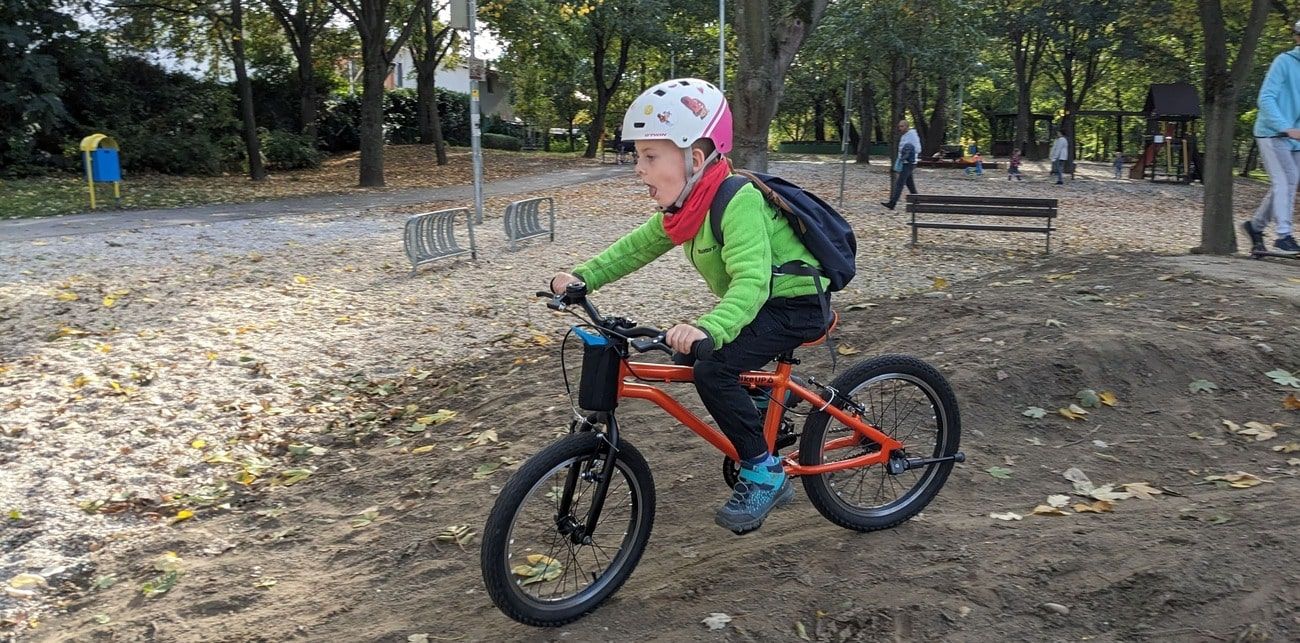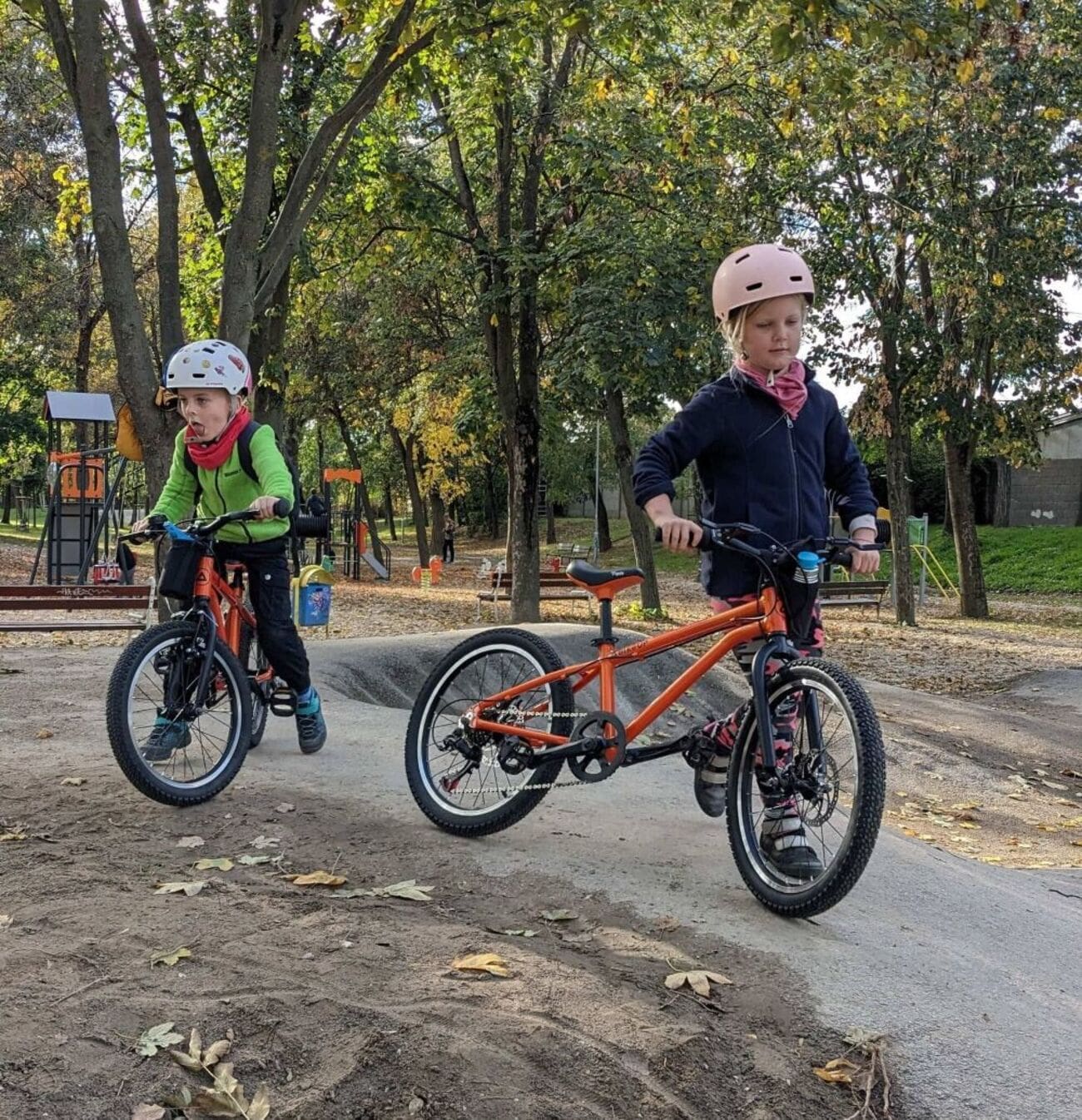How to prepare children for cycling in winter and cold conditions?

Why Cycle in Winter and Cold Weather
The combination of cycling and cold weather can be daunting for many parents. It's understandable, as our little cyclists have weaker immune systems and can easily catch a cold or get sick. However, it can actually bring more benefits than risks. Physical activity, being outdoors, and hardening the body through exposure to cold can result in healthier and more resilient children.
Regular exercise is beneficial for both young and old, and cycling is a way to enjoy it even after the summer season. Cycling strengthens physical and mental health and improves mood. It is also a great form of family activity, especially on weekends. If you have an energetic child who can't sit still, cycling will tire them out in the right way.
In cold weather, the body has to work harder to maintain its temperature. Therefore, winter cycling can be more exhausting. A child may sweat or get cold more quickly, so rides should be shorter and more efficient, without unnecessary breaks. Additionally, it's crucial to focus on proper clothing and gear to ensure cycling is safe and beneficial for health.

How to dress for cycling in winter
Autumn and winter weather means low temperatures, frequent winds, and the risk of precipitation. However, the right clothing can protect young cyclists from the elements. Let's look at the principles of dressing properly for cold conditions.
- Layering
The key to staying warm in cold weather is layering. Layers help retain body heat and can be removed as needed, so the child won't be overly bundled up and sweaty. How to do it?
- Start with a base layer made of thermal underwear or a base shirt. This layer should be made of functional material or merino wool, and its function is to wick moisture away from the body and prevent heat loss.
- Next is the middle insulating layer, which can be a fleece or sweatshirt, or even a sweater or turtleneck. This layer is mainly to warm and retain body heat. If the child gets too warm, it can be removed during activity.
- The final layer is protective and shields against the elements. It should be a windproof and ideally waterproof jacket. In higher temperatures, this can be a thin windbreaker, and in lower temperatures, a thicker padded or down jacket.
- Raincoat
If your little cyclist doesn’t have a waterproof windbreaker, always have a raincoat on hand. In the autumn months, you never know when it might rain. Even a simple disposable plastic raincoat will do the trick. It weighs very little but can protect against getting soaked and cold. An umbrella and a bike, however, are not a good combination, so leave the umbrella at home.
- Neck, Head, and Hand Protection
As soon as temperatures drop below 10 degrees Celsius, it's time to bring out gloves, a neck warmer (e.g., ski neck warmer), or a scarf, and a hat or headband under the helmet. Hands on the handlebars can get cold quickly, and an exposed neck is prone to catching a chill. Additionally, it always feels colder on the bike. There are children’s cycling gloves available, but regular ones (knit or fleece) will work too.
- Keeping Feet Warm
The old golden rule "keep your feet warm and dry" applies to cycling as well. Make sure your child has warm and dry socks, such as those made of wool or functional materials. Waterproof shoes are ideal. In cold weather, don't forget warm bottoms or thermal leggings. In wet weather, it’s a good idea to have a dry pair of socks in the backpack for a change.





